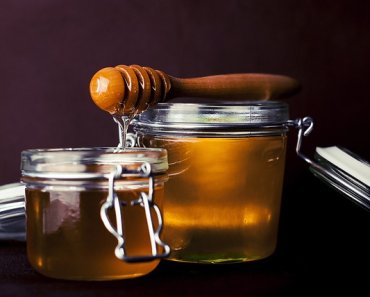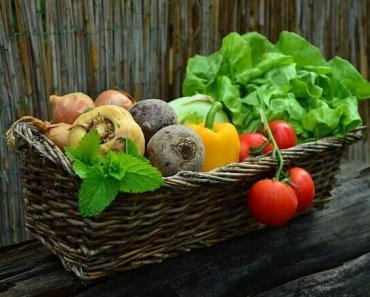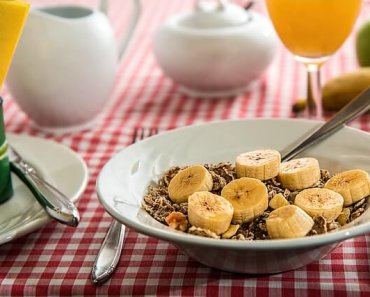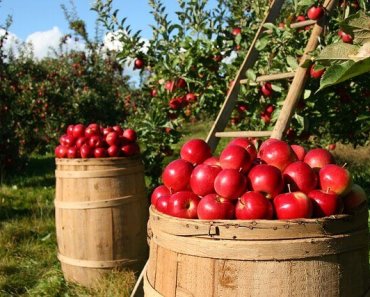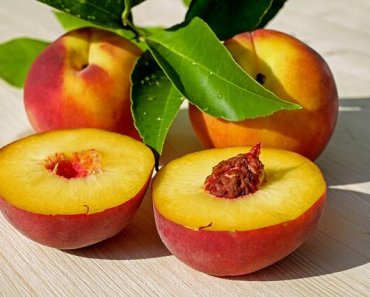Can We Mix Bajra and Wheat Flour? Bajra, also known as pearl millet, is a staple grain in many parts of the world, particularly in India and Africa. Wheat flour, on the other hand, is a staple in many other parts of the world, including the United States and Europe. So, can these two grains be mixed together to make a flour blend?
The answer is yes, it is possible to mix bajra and wheat flour together to make a flour blend. This mixture can be used to make a variety of dishes, such as rotis (Indian flatbread), chapatis (another type of Indian flatbread), and even cakes and cookies.
When mixing bajra and wheat flour, it is important to note that bajra flour is heavier and denser than wheat flour. This means that it may require more liquid to make a dough that is the right consistency. Additionally, because bajra is gluten-free, it may not bind as well as wheat flour, so it may be necessary to add a binding agent, such as xanthan gum, to the mixture.
One of the benefits of mixing bajra and wheat flour is that it can provide a balanced source of nutrients. Bajra is rich in vitamins and minerals such as iron, zinc, and magnesium, as well as antioxidants. Wheat flour is also a good source of nutrients, particularly B vitamins and iron. When combined, the flour blend can provide a well-rounded source of essential nutrients.
Additionally, Bajra is considered as good option for people with gluten intolerance or celiac disease. Mixing it with wheat flour can make it more palatable and healthier alternative to wheat flour.
In conclusion, bajra and wheat flour can be mixed together to make a flour blend. This mixture can be used to make a variety of dishes and can provide a balanced source of nutrients. However, it is important to keep in mind that bajra flour is heavier and denser than wheat flour, and may require more liquid and a binding agent to make the dough the right consistency.

